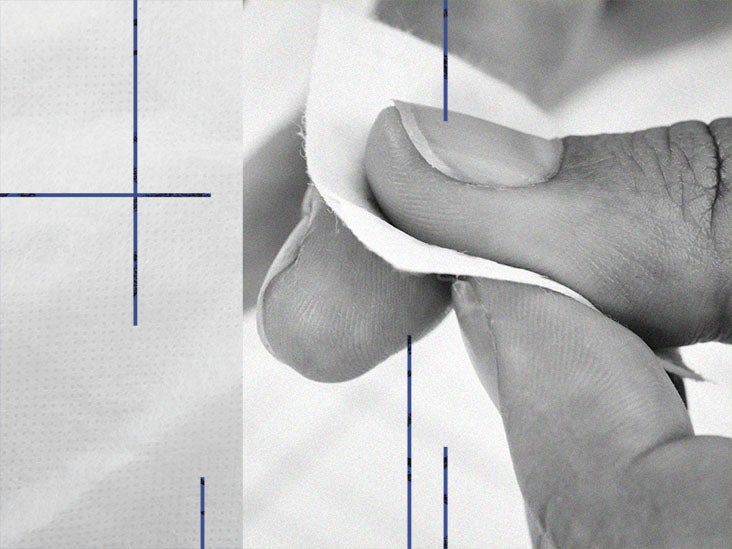Blood
CD4 count blood test: What it is and what to expect
A CD4 count measures how many CD4 cells are in a person’s blood. CD4 cells help fight infections. A CD4 count can check how well a person’s immune system is working.
CD4 cells, which are also known as CD4 T lymphocytes or helper T cells, are a form of white blood cell. White blood cells help the immune system by fighting infections and other diseases.
When CD4 cells sense infection, they trigger other white blood cells to help attack and destroy pathogens.
A doctor may order a CD4 count to check the CD4 levels of a person with HIV. These tests can help monitor the progression of the condition.
Read on to learn more about CD4 counts, including why a person may need them, what the test involves, and what the results mean.
CD4 counts can help a doctor determine how strong a person’s immune system is. Additionally, it can help a doctor predict someone’s risk of complications or infections.
CD4 tests can help a doctor:
- Check how HIV is affecting a person’s immune system: HIV can destroy CD4 cells. If a person’s HIV progresses, they may lose additional CD4 cells, making them susceptible to infections.
- Check how well a person’s HIV medication is working: Doctors can use CD4 counts alongside viral load tests to check the effectiveness of HIV medication. Vital load tests measure how much HIV is in a person’s blood.
- Monitor how well treatment is working for a person who has had an organ transplant: When a person has an organ transplant, they are placed on immunosuppressing medication to help prevent their immune system from rejecting the new organ.
Learn about other HIV tests.
CD4 count blood tests involve a healthcare professional taking a sample of a person’s blood. A laboratory technician can then perform certain tests to determine how many CD4 cells someone has.
Information from 2022 notes the technician will generally use flow cytometry to check a person’s CD4 count. This approach analyses the physical and chemical properties of a cell.
During a CD4 test, the technician will stain the CD4 cells with a fluorescent dye. The flow cytometer then counts the number of cells that the dye affects.
A doctor may request a CD4 count when they first diagnose HIV. This allows them to see what a person’s baseline CD4 count is.
A person may have an additional CD4 count test 2–8 weeks after they start or change anti-HIV treatment. Healthcare professionals can then perform a test every 3–4 months.
A person may also require CD4 count tests if they have a condition that affects their immune function. This may include those who:
- have an invasive or severe infection that affects their immune system function
- are taking immunosuppressants
- have blood cancers, such as lymphoma
During a CD4 blood count test, a healthcare professional uses a needle to take a sample of a person’s blood from a vein in their arm. The individual may feel a mild sting or scratch as the needle goes in.
Once the healthcare professional has taken a small amount of blood, they remove the needle from a person’s arm. The healthcare professional will then send the blood sample to a laboratory for testing.
Learn more about blood tests.
A person does not usually need to do anything in particular before they have a CD4 blood count test.
CD4 counts measure the number of cells per cubic millimeter of blood (cells/mm3). A person’s ideal CD4 count can vary according to certain factors, such as age or certain health conditions.
HIV.gov notes that, in general, an adult or adolescent in good health should have a CD4 count between 500 and 1,200 cells/mm3.
If a person with HIV has a CD4 count below 200 cells/mm3, doctors consider this to mean that the HIV has progressed to AIDS.
If someone does not have HIV, a low CD4 count may be due to an infection or cancer treatment.
However, if a person taking immunosuppressants for an organ transplant has a low CD4 count, it means their treatment is working.
A doctor can use a CD4 count to help diagnose a person with conditions such as:
CD4 tests also allow a doctor to monitor certain treatments. If a person with HIV has a CD4 count that continues to fall after they start taking anti-HIV medication, a doctor may switch them to a different medication.
A CD4 test also helps a doctor determine what immune cells are causing someone’s lymphoma. This allows them to choose the right treatment.
Here are some frequently asked questions about CD4 count blood tests.
What is a typical CD4 count?
A person’s typical CD4 count can vary depending on different factors. However, in general, a healthy adult or adolescent should have a CD4 count between 500 and 1,200 cells/mm3.
What happens if a CD4 count is low?
A low CD4 count can indicate that someone has a problem with their immune system. If an individual has HIV, a CD4 count below 200 cells/mm3 can mean they have AIDS.
If a person does not have HIV, a low CD4 level can mean they have a different infection.
What happens when a CD4 count is below 50?
The World Health Organization (WHO) notes that a person who has a CD4 count below 50 cells/mm3 is severely immunocompromised. These individuals may be at an increased risk of opportunistic infections.
Doctors use CD4 count blood tests to check the strength of a person’s immune system. They typically recommend the test for people with HIV, but these screenings can also help with diagnosing and monitoring other conditions.

